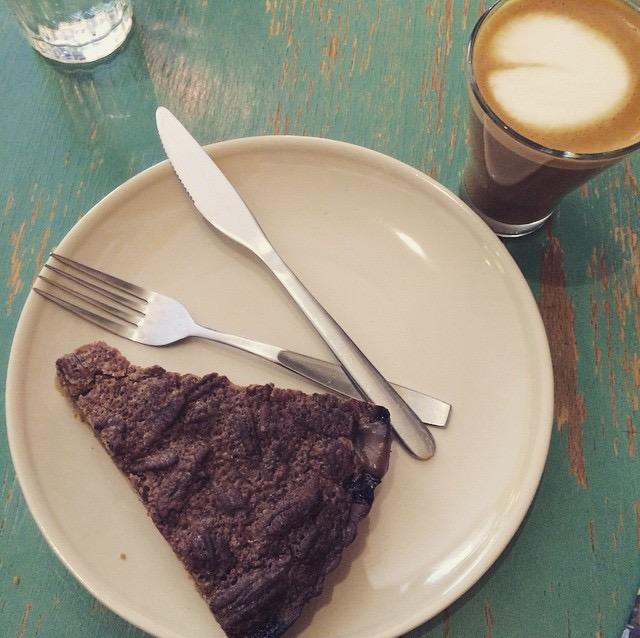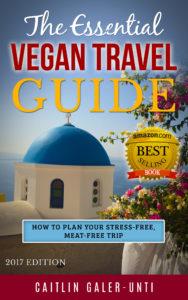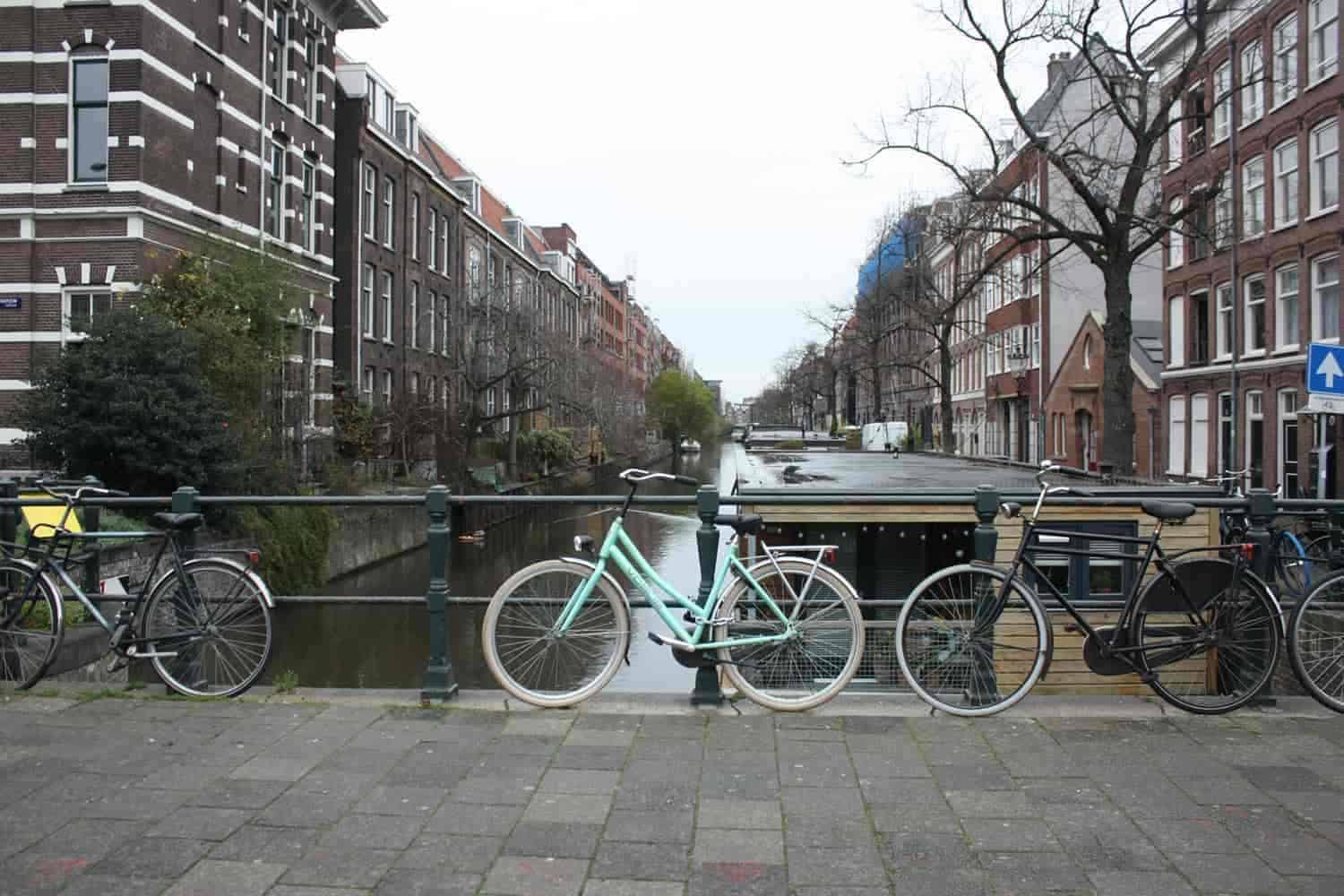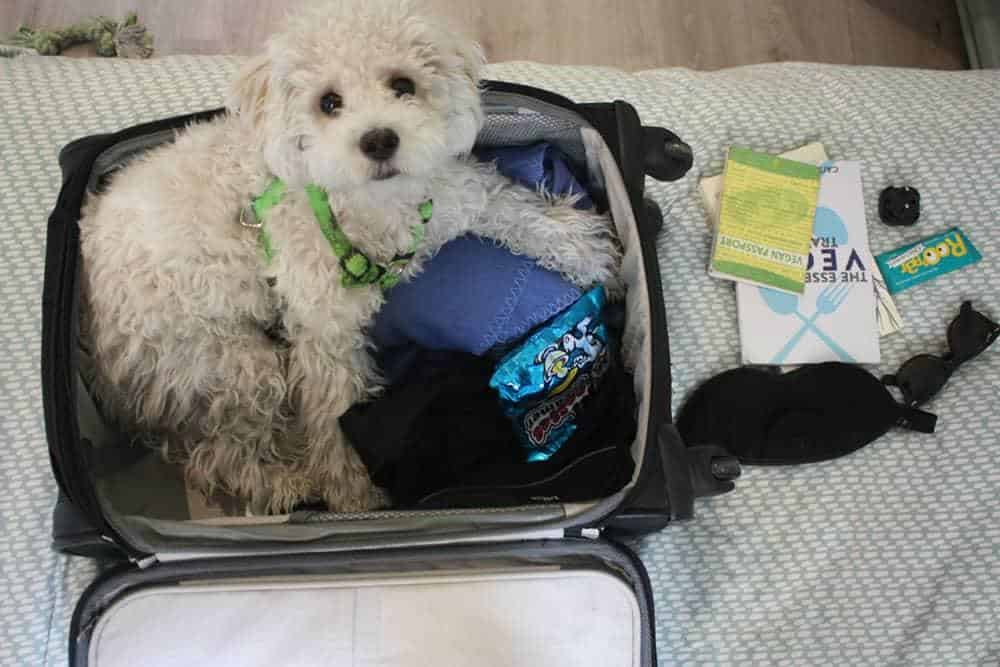Pesky animal by-products sneak into all kinds of products, from wine to chips to shower gel. So how’s a well-meaning vegan to avoid these hidden animal products, especially when you’re far from home in a place like Japan where you can’t even read the labels on packages?
The reader question this week is about how to avoid hidden animal products, both at home and when traveling.
For more in-depth information on avoiding animal products while travelling, see my book The Essential Vegan Travel Guide. Click here to find out more.
Know Your Labels
First of all, the easiest way to make sure you avoid hidden animal ingredients is to be comfortable reading labels – and know what to watch out for. Once you’ve got this down, you can easily avoid animal products at home (for avoiding them abroad, read on). Here’s how to read a label.
1. Scan for allergens
The first thing you should do when you pick up a product (apart from seeing if it contains any obvious non-vegan ingredients) is turn it over and quickly scan the label for allergens. Labels in the EU must emphasise allergens (usually listed in bold or below the ingredients list) and US labels must identify the food source of allergens too, also often in bold or listed below the ingredients list. Allergens include eggs, milk, fish and crustaceans among others.
2. Look for other non-vegan ingredients
After scanning the allergens list, read through the ingredients. If you see any ingredients you’re not familiar with, google them (just google “<ingredient> vegan”, e.g. “e120 vegan” and you’ll find plenty of results stating whether the ingredient is vegan or not) – or if you don’t you’ll have internet on your phone, print a list of common animal ingredients and bring it with you to the supermarket. Over time, you’ll become familiar with the most common non-vegan ingredients and you’ll be able to scan labels in just a few seconds. It’s almost like vegan radar (or even a vegan superpower! ;)). You’ll be capable of glancing at a label and seeing any animal products.
Reading Labels Abroad
Of course, all the practice reading labels at home, in your native tongue, won’t prepare you for reading labels in another language.
Know Local Law
Before you go on your trip, find out if there are any local laws around food labeling. For example, Taiwan has very strict vegetarian and vegan food labeling laws so if you learn some Chinese characters, you’ll be able to quickly and easily identify vegan food.
Vegan Translations
You might find it useful to make a list of the common animal ingredients found in food and translate those (be sure to be specific to the local culture, and include any common ingredients found there, e.g. fish sauce or shrimp paste in Thailand).
If you’re heading to Europe, the European Vegan Zine (currently out of print) contains translations in 32 European languages.
I also recommend always bringing some vegan snacks with you so you’re never left hungry while searching for vegan food! Here’s my guide to the best vegan road trip snacks.
More Travel Tips
For more travel tips and translation ideas, my book, The Essential Vegan Travel Guide, is just $14.95/£11.95.












